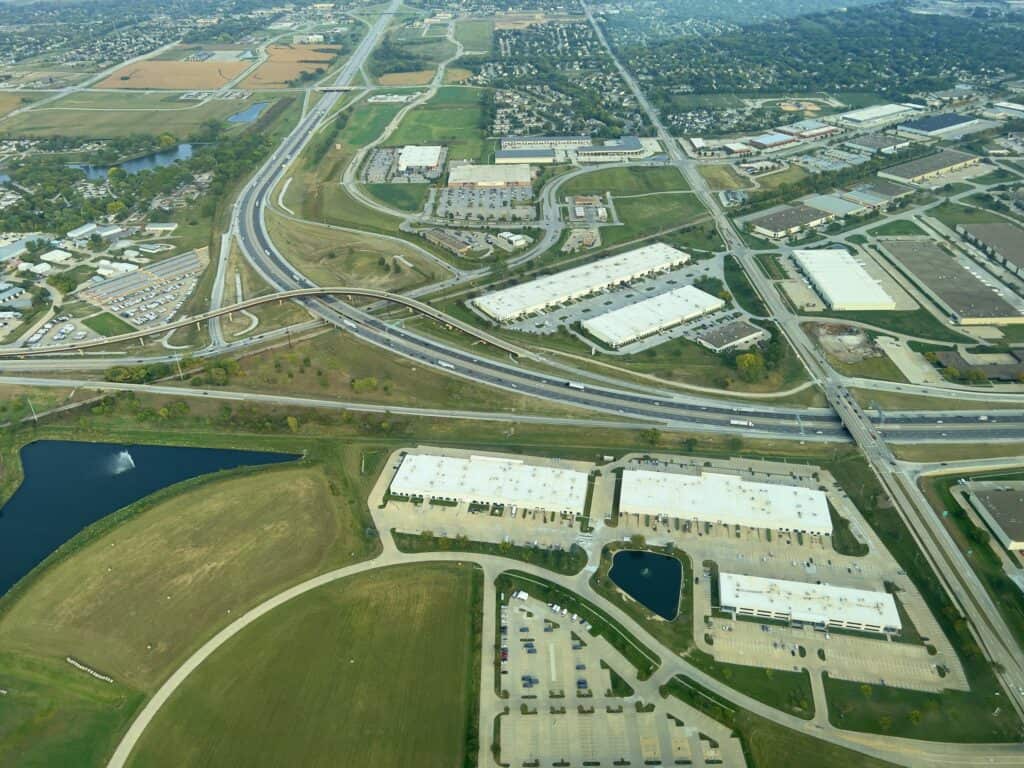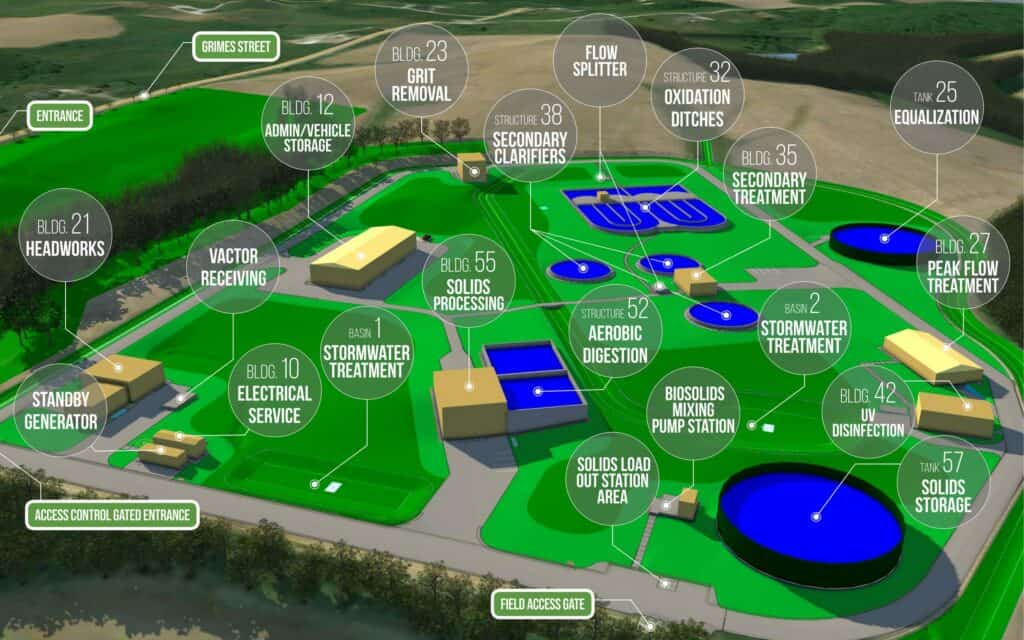Imagine a Day Without Water Infrastructure

Water. It keeps us healthy, our cities running, and our economies growing. While 70% of the Earth is water, only 2.5% is freshwater. Of that, only about 1% is currently accessible. The rest is locked in glaciers or trapped underground. Making water a very limited but valuable resource. This makes reliable access to water […]
Are Your Projects Funding-Ready?

Now is the time to identify projects that are ready to apply for an implementation/construction grant or planning/engineering-oriented grant to advance project planning, environmental clearances, and other activities to position the project to be competitive for an implementation grant. Project readiness is a critical criterion for grant success.
HeR Green Group Promotes Women’s Equality

HR Green team members participate in a variety of employee resource groups. HeR Green connects women professionals across the firm, providing support and camaraderie to cultivate skills, encourage career development, and exchange ideas. While the presence of women in engineering is growing, this isn’t translating to the industry long-term. According to data from the Harvard […]
Denis Patino: From Summer Intern to Full-Time Employee

At HR Green, our interns are challenged and provided the opportunity to learn and grow as they experience a professional work environment. At HR Green, students receive exposure to diverse projects that allow them to see all aspects of the engineering environment during the summer engineering internship program. Our goal is for interns to continue […]
Recognizing Women Engineers of HR Green

Despite making up nearly half of the U.S. workforce, women are still vastly underrepresented in the science, technology, engineering, and math (STEM) workforce. According to census data from 2021, women engineers account for only 15% of all U.S. engineers. The Women’s Engineering Society created international Women in Engineering Day to support and inspire more young […]
The Urban Loop Awarded #5 of Top 10 Roads and Bridges

This month, the Roads and Bridges publication released its Top 10 Roads Awards issue. We’re proud to share the Urban Loop I-80, I-35, IA 141, and Adjacent Interchanges project landed the number five spot in the Top 10 list across North America. Each year, nominations are submitted to the R&B editorial staff, who determine the Top 10 list based on project challenges, impact to the region, and scope of work.
Engineering Coloring Pages

Students of all ages are invited to explore a career in engineering during your next STEAM (science, technology, engineering, arts, and mathematics) lessons.
Steps to Take Today to Secure Infrastructure Bill Funding Tomorrow

Congress is on the brink of approving the largest federal investment in infrastructure in decades, making now the time for government agencies and municipalities to begin planning how best to apply this infrastructure bill funding in their communities. Once the legislation is passed, billions of dollars in federally derived funds will be made available for local governments. No doubt, competition for these funds will be strong and the needs many throughout the country.
5 Ways Virtual Counter Services Strengthen Project Delivery

While COVID-19 shutdowns may be less of a threat, municipal agencies well know that disruptions to seamless service are always possible. Fortunately, the growth in digital experiences has taught us all that we can remain connected to one another and to critical projects with the right tools in place.
Smart Design Drives More Resilient, Sustainable, and Affordable Water Resource Recovery Facility

As the City of Indianola discovered, smart design doesn’t have to be costly. Other municipalities may find the strategies applied here can help them design and build a resilient, sustainable, and more operationally effective Water Resource Recovery Facilities (WRRF) at an easily attainable cost.